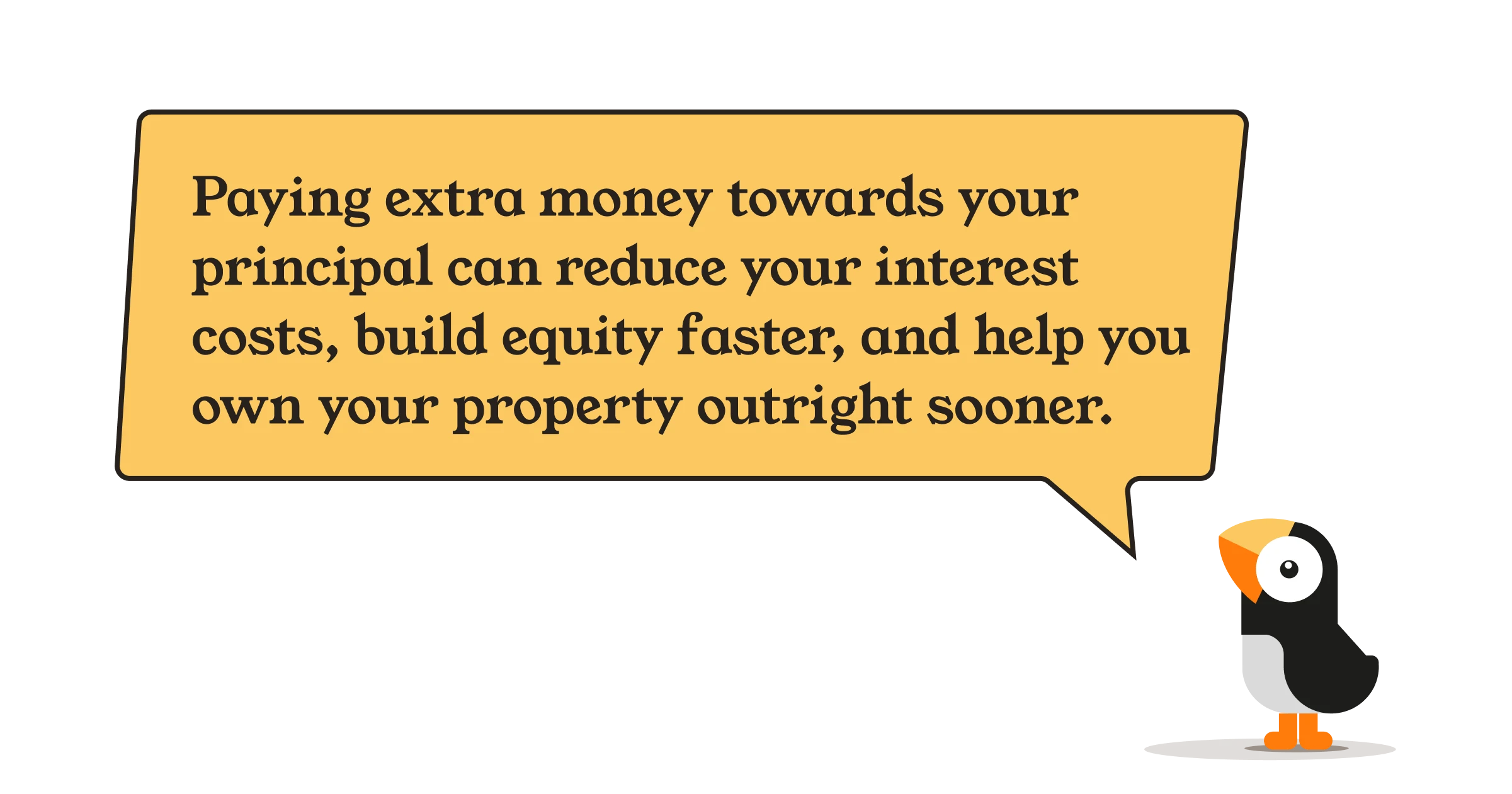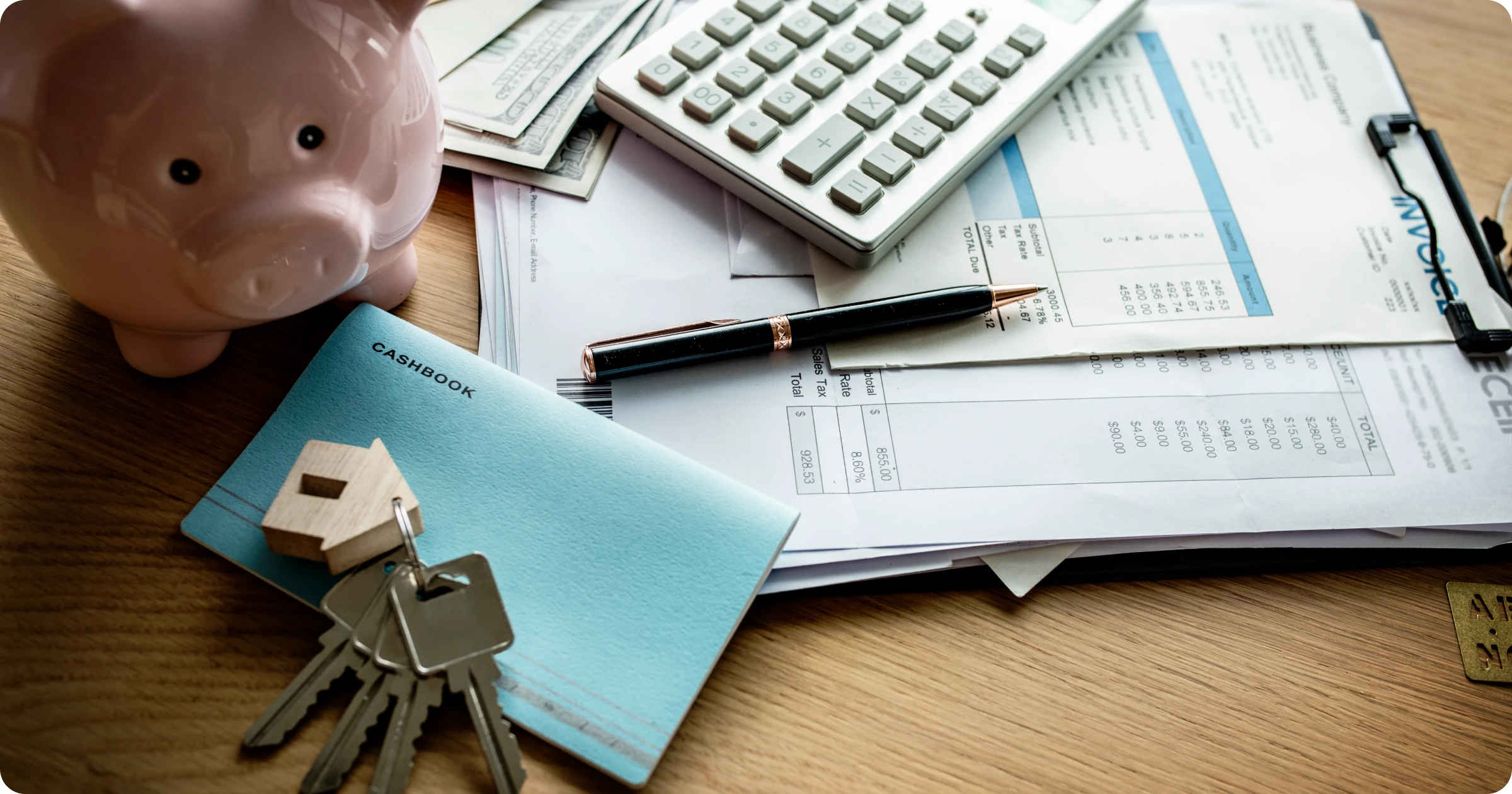🎉 Waltz reaches $50M💰 in funding to support LATAM growth 🎉 Read the full story here
Before getting an investment property loan, it’s important to understand the different components of a mortgage. The core components of a mortgage are principal, interest, taxes, and insurance (PITI).
If you’re a foreign investor buying rental property in the U.S., your monthly mortgage payment is more than just paying back the loan—it includes several parts that cover different costs tied to your property. Understanding these components helps you budget effectively, avoid unexpected expenses, and project your cash flow. In this article, we’ll break down each part of a typical mortgage payment, so you know exactly what you’re paying for.
The principal is the portion of your payment that goes toward reducing your loan balance. For example, let’s say you purchase an investment property for $500,000 and have a down payment of $150,000 (30% of the purchase price), the remaining principal is $350,000.
Each month, your mortgage payment goes partly toward interest and partly toward reducing the principal. But this split isn’t even—especially at the beginning. Most U.S. mortgages are amortized, meaning the loan is structured so you pay more interest early on, and more principal later. In the first few years, only a small portion of each payment reduces your loan balance. Then, as you get closer to the end of the loan term, more of your monthly payment will go towards the principal. This shift happens gradually over time.
Pro tip: Paying extra money towards your principal can reduce your interest costs, build equity faster, and help you own your property outright sooner.

Interest is what the lender charges for providing the loan. It’s calculated as a percentage of your loan’s outstanding balance, and it’s one of the biggest factors that determines the total cost of your mortgage.
The terms and length of your loan can also significantly affect how much interest you pay. As a general rule of thumb, a longer loan term (like a 30-year mortgage) means that monthly payments are lower, but you end up paying more in total interest over the life of the loan. In contrast, a shorter loan term gives the loan less time to accrue interest, which can significantly reduce the total amount you pay over time. When getting a loan, you’ll also have different options for the interest structure. The most common are:
Walk through different scenarios with your Waltz account executive to see how changes in loan term, rate type, or down payment affect your interest rate and long-term costs. A quick review of your term sheet can uncover opportunities to save.
Pro tip: If you opt for an adjustable-rate mortgage, consider refinancing before the interest rate changes.
Property taxes are a recurring cost of owning a property. Unlike your mortgage payments, you are required to pay them whether or not you have a mortgage. These taxes vary by town, city or county and are based on the assessed value of your property. If you have a mortgage, your lender usually collects property taxes monthly as part of your mortgage payment. These funds are held in an escrow account and paid directly to the tax authority when due.
Here’s what most investors forget in their analysis: the property taxes paid by the previous owner are usually different from what you will owe. This happens for two main reasons. First, many areas offer a homestead or residential exemption that lowers taxes for primary residents—but as a rental owner, you won’t qualify. Second, when you buy a property, it’s often reassessed based on the new purchase price, which can increase your tax bill. Both factors typically lead to higher taxes than are reflected when looking at listings or tax records.
Pro tip: When estimating taxes for a rental property, always take a conservative approach by budgeting more than the listed tax estimate to avoid surprises.
Property insurance safeguards your rental property and protects your lender’s interest in it. This coverage helps protect against damage from fire, theft, natural disasters, and other risks that could impact your investment. Here are some things to keep in mind:
Pro tip: Insurance costs may change over time, so it’s advantageous to shop around and compare rates from different providers regularly.
In addition to principal, interest, taxes, and insurance, there are other considerations that can impact your monthly payment. Here are a few factors to be aware of.

Plan on buying a condo or a townhouse as an investment property?
These are often part of a homeowners association (HOA), which has fees related to shared services and amenities for the community. These costs are not included in your mortgage escrow, can vary widely, and may increase over time depending on the HOA’s budget and maintenance needs.
When you pay your mortgage, your lender may collect extra money for taxes and insurance. This money goes into an escrow account, which is basically a holding account so that the lender can pay those bills for you when they’re due.
Waltz typically also requires six months of reserves, which are extra funds you keep in your own account to cover a few months of mortgage payments. While these aren't part of your escrow or mortgage payment, they're an important safety net that helps protect your loan and keep your investment on track.
Investment property financing allows you to build your portfolio using leverage. But, before getting an investment property loan, it’s crucial to know what you’re paying for on a monthly basis. A mortgage payment is a mix of components that each serve a purpose. Once you know how it all fits together, you can budget confidently and assess deals more accurately.
Want help navigating your U.S. rental property financing options? Waltz simplifies the entire process for foreign investors from start to finish.

Fill out a quick form and we'll get back to you shortly.